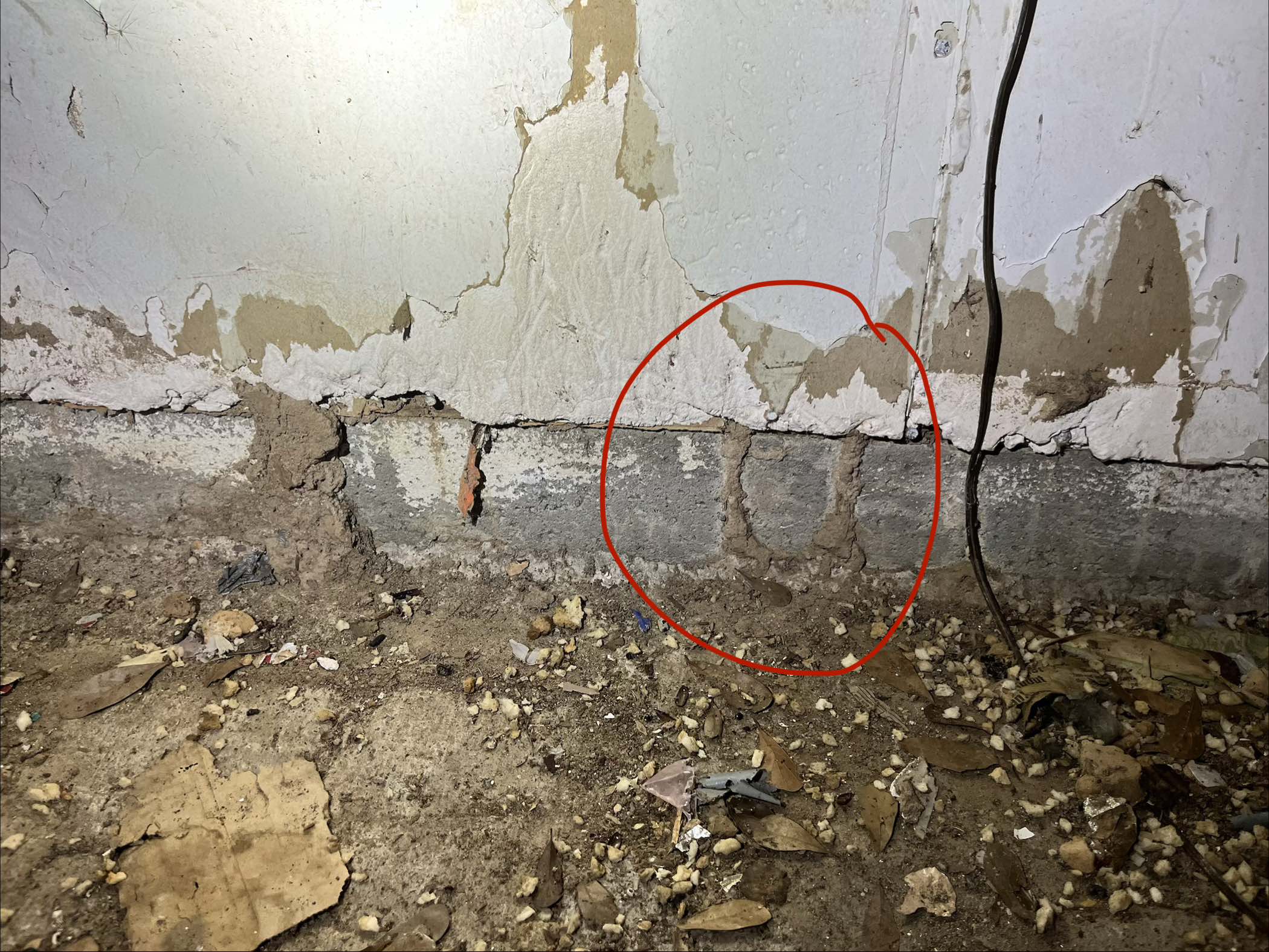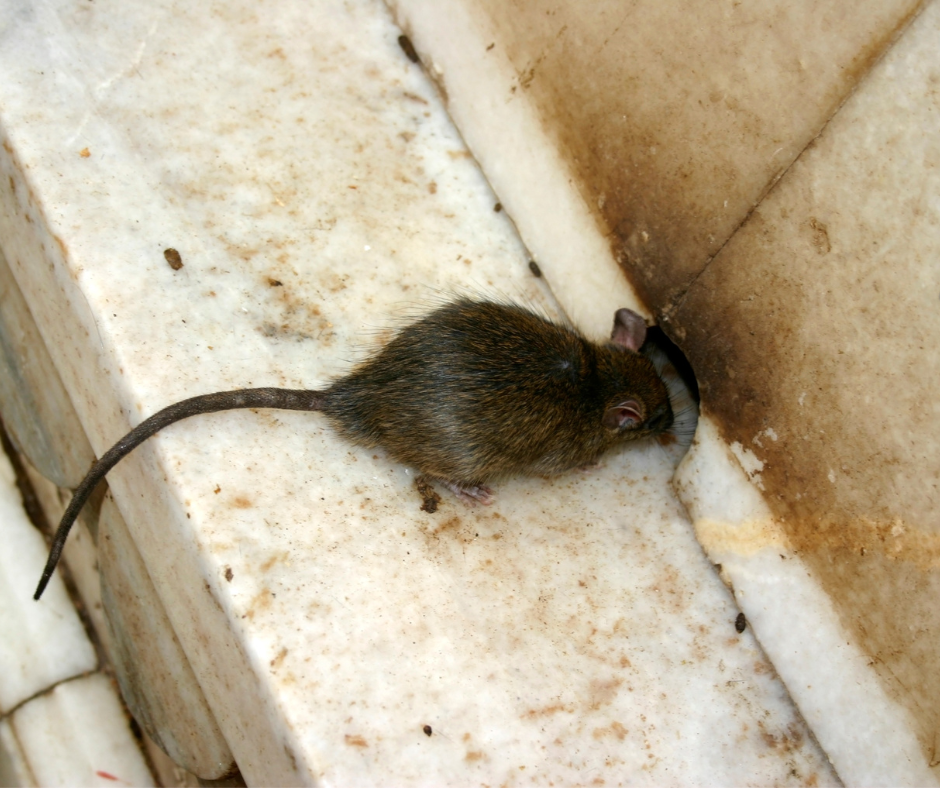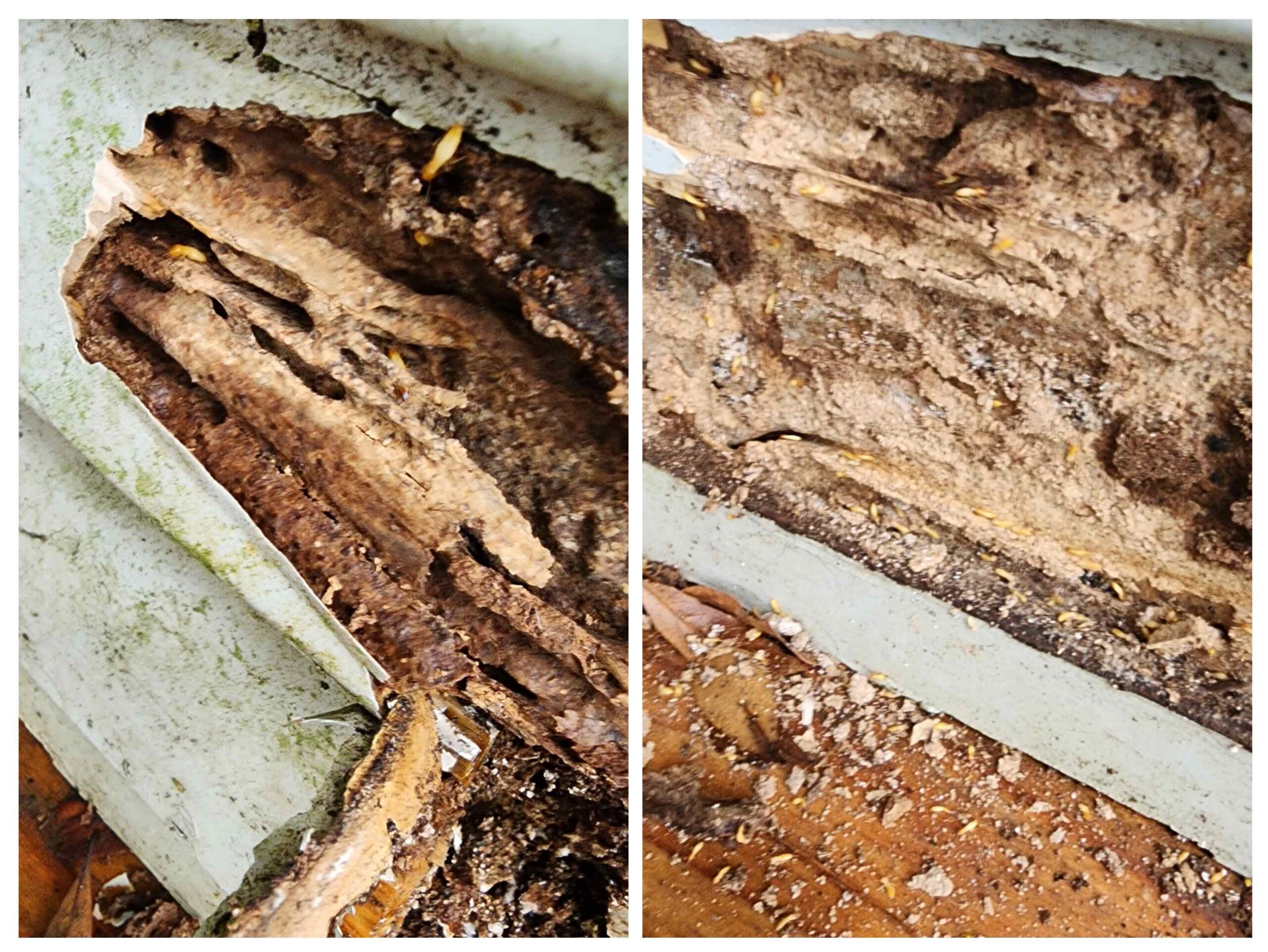Food storage may seem like a simple task, but when it’s not done properly, it invites some of the most persistent invaders into your home. Common household pests such as ants, cockroaches, rodents, and even pantry beetles are all driven by access to food. Once they find a steady supply, infestations can quickly grow and become difficult to control. Safe, strategic food storage is one of the most effective ways to prevent this. In this guide, we’ll cover how to store food the right way, why it matters, and how these methods help deter pests that thrive in residential settings.

Why Pests Target Food Sources
Pests don’t randomly appear as they’re driven by scent, moisture, and access. Kitchens, pantries, and even pet feeding stations offer a variety of attractants that appeal to different species. Ants will follow a single breadcrumb, cockroaches thrive in greasy or sugary residue, and mice are quick to chew through poorly sealed bags and cardboard boxes. If food is accessible, pests will come back repeatedly.
Common household pests are opportunistic by nature. Rodents, for instance, can smell food through thin packaging and will gnaw through plastic or paper to reach it. Cockroaches are especially difficult to eliminate once they discover food and water in the same space, such as under sinks or behind appliances. Even stored dry goods, if not sealed properly, can attract grain beetles or weevils.
Effective food storage doesn’t just limit what pests can access; it disrupts their entire survival process. Deny access to food, and you reduce the likelihood of an infestation taking hold.
Proper Pantry Organization Techniques
One of the most overlooked aspects of pest prevention is how pantries are organized. A well-structured pantry helps with food rotation, visibility, and sanitation, all of which discourage pest activity. The goal is to make it hard for pests to find food and easy for you to detect early warning signs.
- Use airtight containers made of glass, hard plastic, or metal for dry goods like flour, cereal, rice, and pasta.
- Avoid storing food in its original packaging once opened. Transfer it immediately to sealed containers.
- Label and date each container to ensure timely rotation and prevent spoilage.
- Avoid stacking boxes and bags directly on pantry floors, where pests like rodents and roaches tend to explore first.
- Wipe down pantry shelves regularly to remove crumbs, spills, and grease residue.
These steps may seem simple, but they serve as a powerful deterrent against ants, cockroaches, and stored-product pests. Keep in mind that a single infested bag of rice can spread larvae or beetles to other containers if left unchecked.
Refrigerator and Freezer Habits That Matter
The refrigerator and freezer are essential tools in the battle against common household pests. However, even cold storage areas can contribute to pest issues if not maintained correctly. Leaks, spills, and spoiled leftovers are all pest attractants if not handled quickly.
- Clean out your fridge weekly and dispose of expired food.
- Wipe down interior surfaces with mild cleaners to remove residue that attracts insects.
- Store leftovers in tightly sealed containers, never loosely wrapped foil or plastic wrap.
- Avoid storing open cans or uncovered pet food inside the fridge.
- Check freezer seals to ensure they close completely and maintain proper temperatures.
Moisture control plays a critical role in keeping pests away, especially species like cockroaches, which are drawn to high-humidity environments. Reducing clutter in these appliances also helps improve air circulation and cleanliness.
Sanitation and Waste Control
Even with proper storage, pests can still be drawn to the kitchen if sanitation falls short. Crumbs under appliances, overflowing garbage bins, and unwashed dishes all contribute to an inviting pest environment. Sanitation should be viewed as a daily habit rather than a reactionary task.
- Take out kitchen trash daily, especially if it contains food scraps.
- Rinse recyclables before placing them in bins to avoid sugary residue buildup.
- Clean kitchen appliances, especially the oven, toaster, and microwave, regularly.
- Sweep and mop floors to remove crumbs and spills that pests may target.
- Use trash cans with tight-fitting lids and keep them closed when not in use.
Good sanitation practices align closely with the principles explained in the role of sanitation, which outlines how cleanliness can significantly reduce pest risks indoors and out.
Additional Measures for Comprehensive Control
Safe food storage is a crucial piece of the puzzle, but comprehensive pest prevention should also involve broader awareness and environmental management. That includes securing pet food, cleaning outdoor eating areas, and eliminating potential breeding sites like standing water.
- Store pet food in sealed bins and don’t leave bowls out overnight.
- Clean up after outdoor gatherings and avoid leaving food on patios or decks.
- Inspect for gaps around windows, baseboards, and door frames to prevent pest entry.
- Repair leaky faucets or pipes that create damp zones pests rely on for hydration.
- Eliminate standing water outdoors, especially if you’re dealing with mosquito infestations.
When combined with proper food storage and sanitation, these actions create a home environment that is far less attractive to pests. If issues persist, a professional evaluation may reveal hidden attractants or access points that need to be addressed.
Put Pests on a Permanent Diet
Creating a pest-free home starts with the food supply. When you cut off access to nutrition, you interrupt the survival cycle of common household pests. Thoughtful food storage, consistent cleaning habits, and environmental awareness are all powerful tools for prevention.For expert guidance and long-term solutions, contact Fullscope Pest Control and protect your pantry and property with proven strategies that work.




